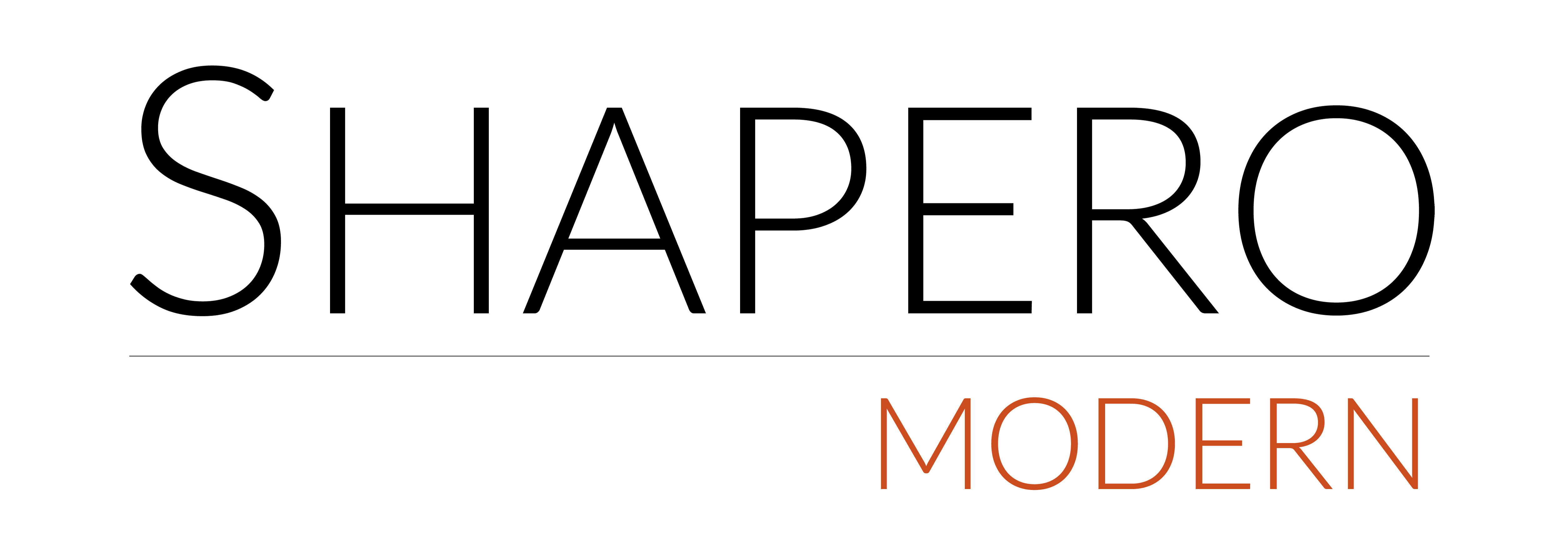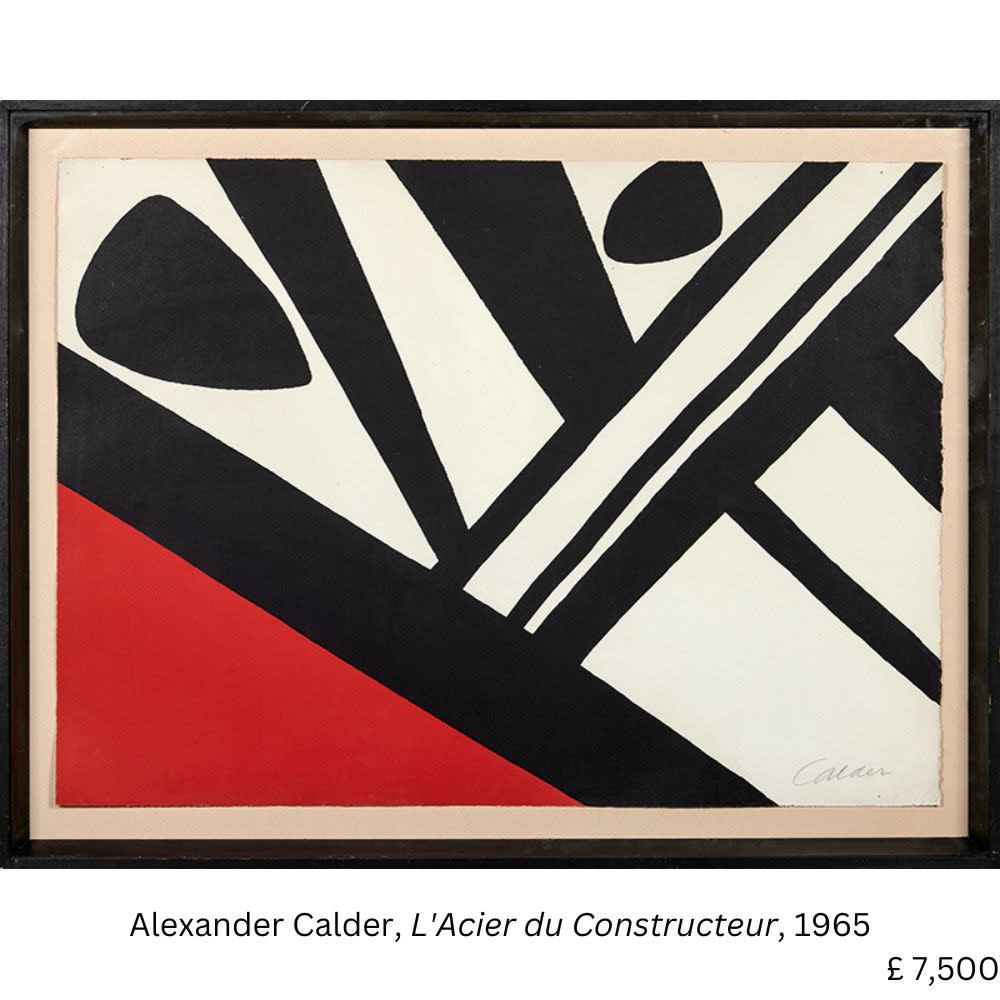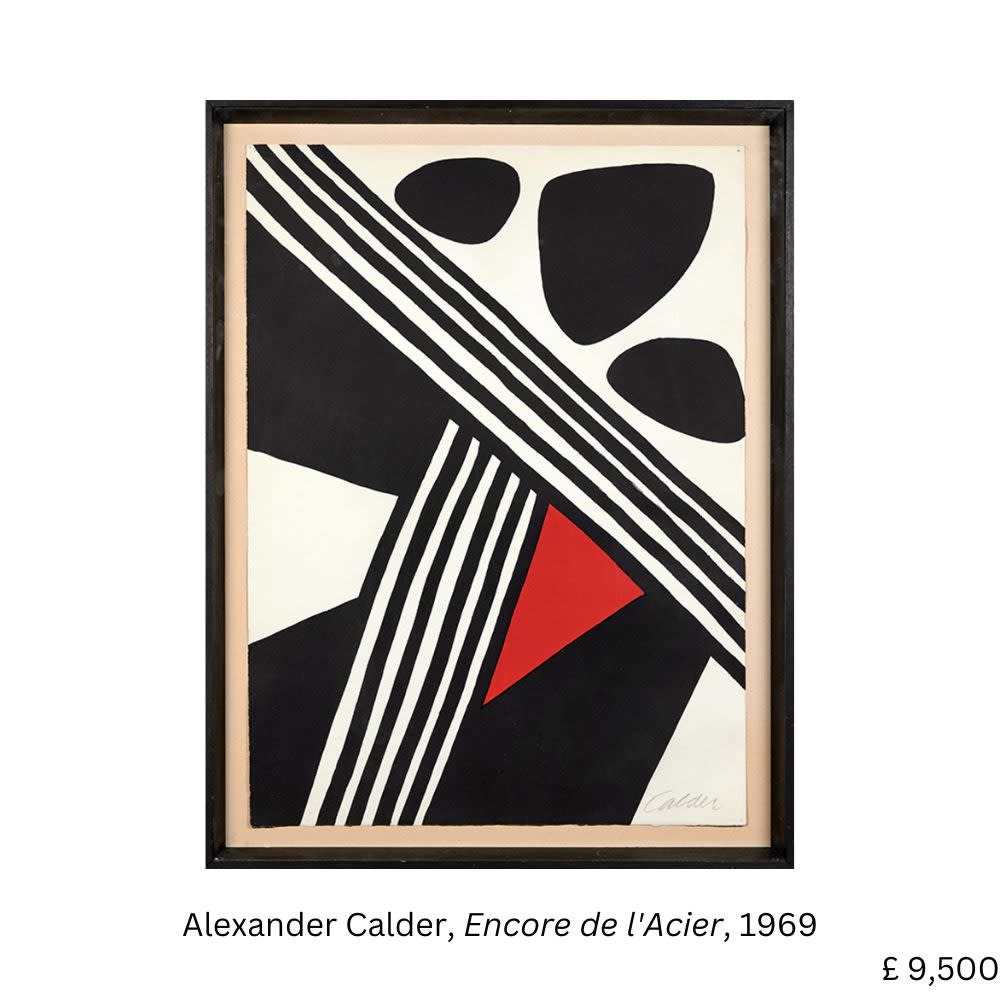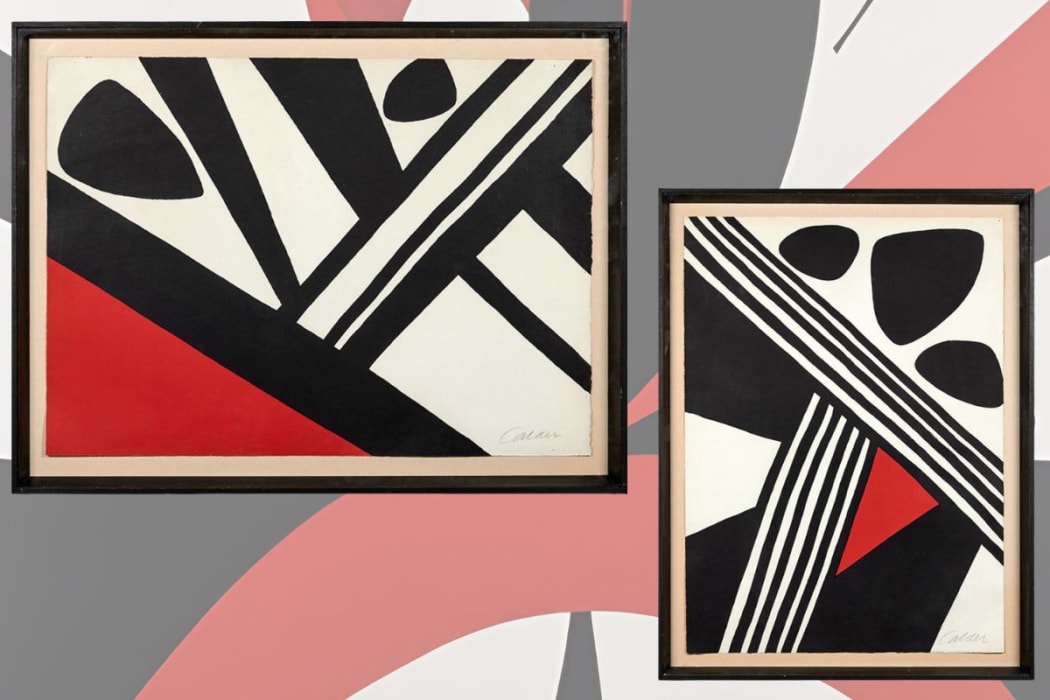
CALDER's Printmaking
Calder’s foray into printmaking highlights his versatility as an artist. While his mobiles revolutionised the art world, his prints demonstrate a different kind of mastery—one that combines precision with artistic freedom. Through his lithographs, Calder continued to push the boundaries of contemporary art, proving that his vision extended far beyond the kinetic sculptures for which he is most famous.
While perhaps best known for his three-dimensional works, known as mobiles due to their kinetic nature, Alexander Calder also produced a multitude of works on paper, particularly towards the end of his career. This aspect of Calder’s body of work deserves its own spotlight, and is what we will be focusing on in this issue.
Reminiscent of his sculptural work, Calder’s lithographs echo the primary colours, geometric forms, and bold lines that characterize his mobiles. However, the transition from three dimensions to two brings a new perspective to these familiar elements. Calder’s mastery in lithography is evident in the way he translates the dynamism and fluidity of his mobiles onto a static medium, creating a sense of movement and rhythm that captures the viewer's eye.
Calder described visiting the studio of renowned abstract artist Piet Mondrian and suggesting that it would be ‘fun’ to turn the coloured rectangles displayed there into oscillating sculptures. Mondrian declined, saying that his painting was ‘already very fast’. This interaction led to the creation of Calder’s moving sculptures, and it was perhaps also thanks to Mondrian’s influence that he embarked on creating his own ‘fast’ paintings and works on paper.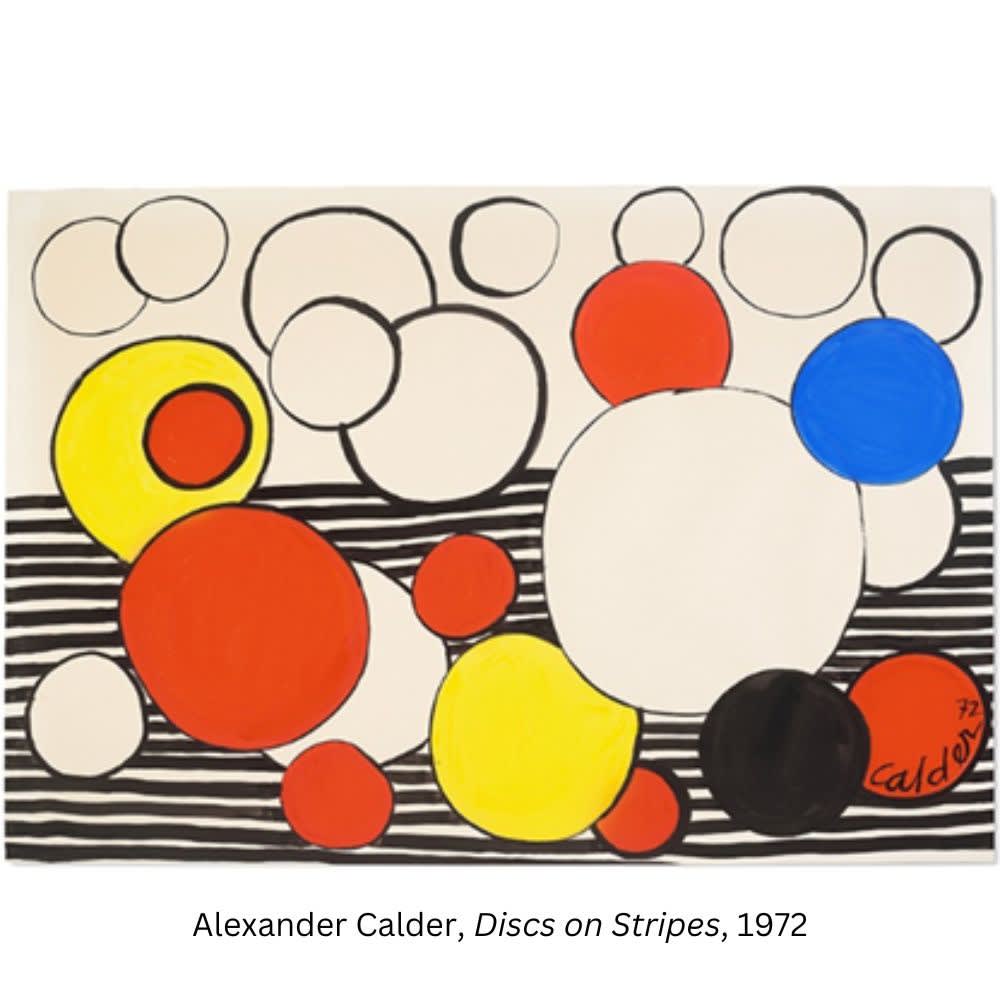
One of the remarkable aspects of Calder’s printmaking is his ability to maintain the spontaneity and whimsy of his larger works. Despite the constraints of the medium, his prints feel alive and animated, a reflection of his innovative spirit. Each piece invites the viewer to explore the interplay of shapes and colours, uncovering the layers of meaning and emotion embedded within.
